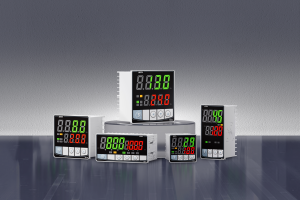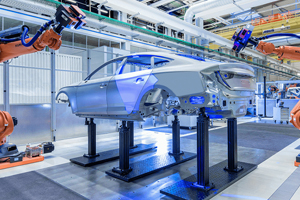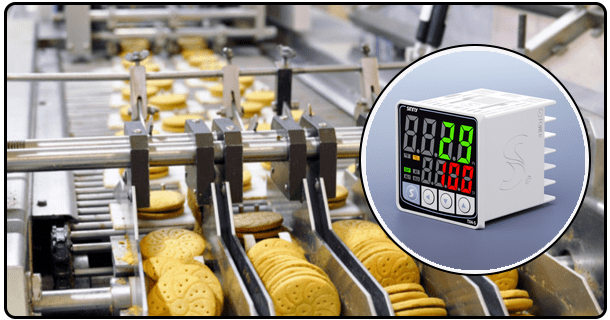The Typical Temperature Control PID Setting: An Overview
Introduction The PID controller is an indispensable tool in temperature control systems. It can be found in many industries, from HVAC to manufacturing. They ensure safety, efficiency and stability by maintaining precise temperatures. PID controllers that are tuned properly can provide optimal performance by reducing overshoot, and minimising settling times. The article offers insights on the PID settings used for temperature control based upon practical applications and well-established tuning methods.
1. Understanding PID Parameters
P (Proportional) This parameter affects the controllers response immediately to temperature variations. High proportional gains can lead to aggressive corrections that may result in overshoot. Low gain values may have a sluggish response. In temperature control systems the typical P value is moderate. This ensures a balanced reaction to any changes. In systems with low thermal elasticity, for example, P values slightly higher may work.
Integral This term is crucial for eliminating errors in steady state, and ensuring that the system achieves its target temperature accurately. The output is adjusted based on the cumulative error. To avoid oscillations, it is important to carefully adjust the I value for temperature control. For practical situations, slower systems that experience temperature fluctuations benefit from moderate settings of I, while systems experiencing rapid changes require lower values.
Derivative This term is used to dampen oscillations, and improve response times. It is often overlooked, but it can play a major role in systems that have a high dynamic range or are susceptible to external disturbances. The D setting is usually small because excessive derivative gain may amplify the noise or destabilize a system.
2. Tuning methods
Manual Tuning Manual tuning involves trial-and-error adjustments to P, I and D values. Although time-consuming this method provides intuitive insight into the system's behavior.
Start with low I and P, then increase the latter until you get a good response from your system without it overshooting.
Introduce I gradually to eliminate the steady-state errors.
If necessary, add a D-term to dampen the oscillations.
Autotuning Many modern PID controllers have autotuning capabilities, which automatically change P, I and D parameters in response to predefined stimuli. It is beneficial for complex systems, but it may not yield the best results in specific applications.
Ziegler Nichols Method In this method, I and D are set to zero before increasing P gradually until oscillations persist. This P value is called the ultimate gain, or Ku. The period of oscillations is also noted.
P=0.6xKuP = 0.6 \times Ku
I=2xoscillation periodI = 2 \times \textoscillation period
D=0.125xoscillation periodD = 0.125 \times \textoscillation period
PID Setting Factors
System Dynamics System with high thermal inertia requires lower gains and P settings. Systems that respond quickly benefit from higher gains.
Environment Conditions Variations in temperature may affect PID settings. For instance, outdoor systems may need recalibration during seasonal changes.
Heating/Cooling Device The type of heating/cooling equipment you choose, like Peltier modules or resistive heaters, will affect the tuning. Peltier modules are a good example of requiring lower derivative gains because they respond quickly.
Common Challenges and Solutions
Overshoot This is often seen with high values of P. Overshoot can be mitigated by reducing P or increasing D.
Sluggish Response: A lack of P or I gain can delay temperature corrections. This can be resolved by using gradual increments.
Sound: Sensor noise may cause temperature fluctuations that can affect the stability of the system. Filters or reducing D may help.
Examples of Practical
Industrial Furnace:
This setting provides stability to systems that have a high thermal inertia.
Laboratory Water Bath
The ideal way to maintain precise temperatures in water with minimum overshoot is P = 1,5, I = 0, D = 0.05
HVAC System
The balance between energy efficiency and user comfort is achieved by P = 1, I = 0,4, D = 0.22.
Conclusion The correct tuning of the PID settings will ensure optimal temperature control. Understanding the role of P, D and I and using appropriate tuning methods can help systems operate reliably and efficiently. Autotuning, Ziegler Nichols and other methods can be a good starting point. However, for many applications manual adjustments are the most effective. To maintain performance in dynamic environments, experimentation and monitoring is key.
- The Complete Guide to Temperature Regulation and PID Control
- Valores PID para Control de Temperatura: Guia Completa






















